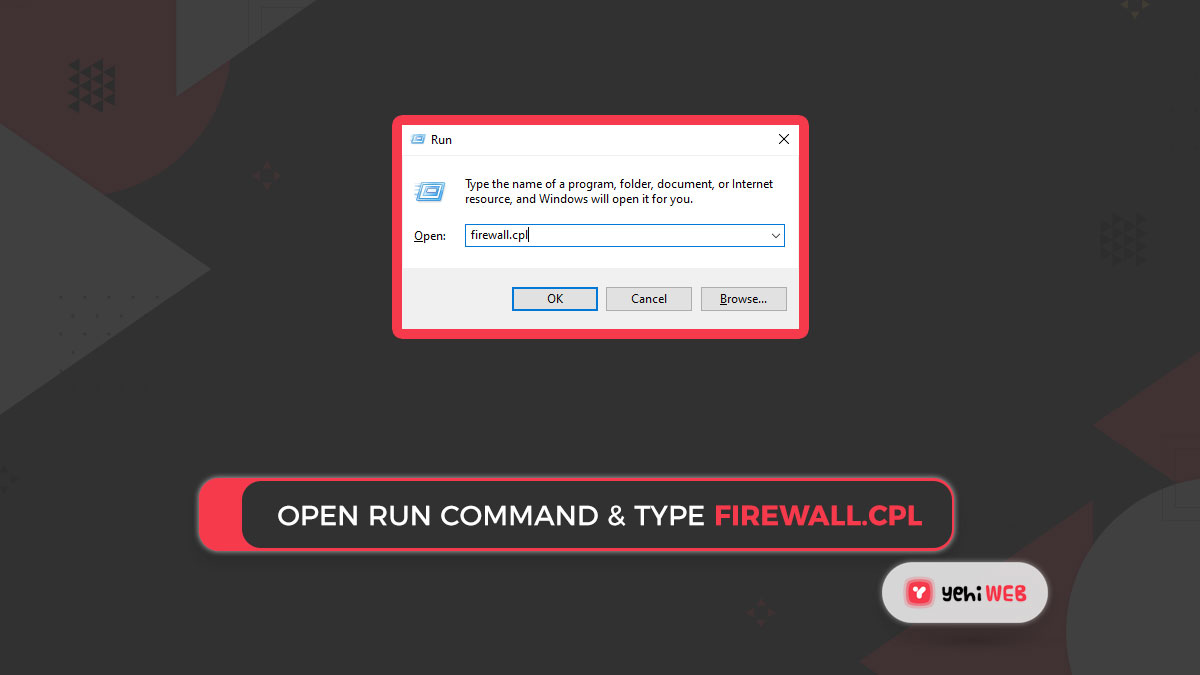In today’s hyperconnected digital world, protecting information is more critical than ever. Businesses and individuals alike rely on strong network security to prevent unauthorized access, data breaches, and cyber attacks. For beginners stepping into the world of IT security, understanding network security is a vital first step. It lays the groundwork for securing both personal and organizational assets in a digital environment. With the rapid growth of technologies and increasingly sophisticated threats, the need for robust network security practices cannot be overstated.
What Is Network Security?
Network security refers to the strategies, technologies, and processes that protect the integrity, confidentiality, and accessibility of computer networks and data. It encompasses both hardware and software solutions and is designed to guard against a variety of threats, including malware attacks, ransomware, phishing, and unauthorized access.
Effective network security manages access to the network, identifies potential vulnerabilities, and aims to stop threats before they breach a system. Whether it’s a personal home network or a corporate infrastructure, the basic principles remain the same—keep the bad actors out, and ensure that valuable data stays secure.
Core Components of Network Security
Several critical components form the foundation of a secure network. These include:
- Firewalls: Act as a barrier between trusted internal networks and untrusted external ones, filtering traffic based on predefined security rules.
- Antivirus and Anti-malware Software: Detect, prevent, and remove malicious software attempting to infiltrate the system.
- Intrusion Detection Systems (IDS) and Intrusion Prevention Systems (IPS): Monitor network traffic and identify suspicious activity; an IPS also takes action to block threats.
- Virtual Private Networks (VPNs): Encrypt data transmitted over public networks, ensuring privacy and security.
- Access Controls: Regulate who can access the network and what resources they can use.
- Encryption: Secures data in transit or at rest so it cannot be read even if intercepted.
Each of these tools serves a distinct purpose, and when used together, they form a comprehensive defense system designed to minimize vulnerabilities.
Why Network Security Matters
With our increasing reliance on digital infrastructure, the importance of network security continues to grow. Cyber criminals are constantly evolving their tactics, and even one overlooked weakness can result in catastrophic consequences, such as data theft, financial loss, or reputational damage. For organizations, compromised networks can also lead to compliance violations, legal repercussions, and loss of customer trust.
For beginners, understanding the “why” behind network security makes it easier to grasp the “how.” Learning about these fundamentals empowers aspiring IT professionals to better protect themselves and their organizations in the digital realm.

Common Types of Network Threats
Understanding the threats that target networks is a crucial part of any security strategy. Below are a few common types of network threats:
- Malware: Malicious software like viruses, worms, and trojans that aim to damage or steal data.
- Phishing: Fraudulent attempts to acquire sensitive information through deceptive emails or websites.
- Denial-of-Service (DoS) Attacks: Overload the network to make services unavailable to legitimate users.
- Man-in-the-Middle (MITM) Attacks: Intercept communications between two parties to steal data.
- SQL Injection: Exploits weaknesses in a database layer of a web application.
- Zero-Day Exploits: Target vulnerabilities that are not yet patched or widely known.
Each of these threats requires specific strategies and tools to mitigate, underscoring the importance of a layered approach to network security.
Steps to Building Strong Network Security
For beginners looking to fortify their networks, the following steps form a strong foundation:
- Conduct a Network Assessment: Identify all devices and data paths to understand what needs protection.
- Implement Firewalls and Antivirus Programs: Establish basic defenses to monitor and block malicious activity.
- Create Secure Password Policies: Strong, unique passwords and multi-factor authentication can deter unauthorized access.
- Keep Systems Updated: Regularly patch operating systems, applications, and firmware to close off vulnerabilities.
- Limit Access Rights: Enforce the principle of least privilege to restrict user access only to the resources they need.
- Educate Users: Human error is a common cause of breaches; train users to recognize and avoid threats like phishing.

How Beginners Can Learn More
Launching into the field of network security can feel overwhelming, but there are countless resources available. Many online platforms offer beginner courses, including hands-on labs to practice skills safely. Some foundational certifications, such as CompTIA Security+ or Cisco’s CCNA, are excellent starting points for those serious about pursuing a career in cybersecurity.
Another powerful way to learn is by practicing in virtual environments or using “cyber ranges” with simulated network challenges. Not only do these environments offer real-world scenarios, but they also allow learners to safely experience and respond to security incidents.
The Role of Monitoring and Logging
One aspect often overlooked by beginners is the importance of continuous monitoring and logging. Simply setting up defensive tools isn’t enough. Ongoing vigilance is essential. Monitoring network traffic can reveal unusual patterns that signify an attack, while logs help in investigating breaches and ensuring compliance with regulations.
Log management tools and Security Information and Event Management (SIEM) systems collect and analyze log data, helping security teams detect and respond to threats in real time.
Staying Current With Security Trends
Cybersecurity is a dynamic field. Threats evolve rapidly, and attackers continually find new ways to exploit systems. Staying informed through security blogs, forums, news websites, and professional organizations is vital. Subscribing to vulnerability databases and patch alert notifications can also help ensure your system remains protected.
As a beginner, establishing a habit of continuous learning is just as important as acquiring the technical skills. Networking with professionals, attending webinars, and participating in security conferences can also enhance your understanding and professional growth.
Conclusion
Network security is an essential pillar of IT security foundations. By understanding the basic components, recognizing common threats, and implementing a strategic approach, beginners can make meaningful strides in protecting digital environments. With the right tools, training, and mindset, anyone can develop the skills to secure networks effectively and anticipate future challenges.
Frequently Asked Questions (FAQ)
-
Q: What is the first step to securing a network?
A: The first step is conducting a complete network assessment to understand all potential entry points and devices connected to the network. -
Q: Do I need to code to work in network security?
A: Not initially. Many entry-level roles don’t require programming, but learning basic scripting and coding can be very beneficial. -
Q: What’s the difference between IDS and IPS?
A: IDS (Intrusion Detection System) monitors traffic and alerts on suspicious activity, while IPS (Intrusion Prevention System) can take action to block threats. -
Q: Is Wi-Fi security part of network security?
A: Yes, securing wireless networks with strong encryption (like WPA3), passwords, and access controls is a crucial aspect of network security. -
Q: How often should I update network devices and software?
A: As soon as updates or patches are available. Delays in patching are a common cause of security breaches.
yehiweb
Related posts
New Articles
Top 5 video marketing tools creators use to repurpose webinars into short social clips and increase reach (Descript, Kapwing, Veed, plus workflow)
If you’ve ever hosted a killer webinar and thought, “Man, I wish more people could see this!”—you’re not alone. Repurposing…


